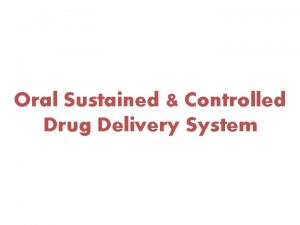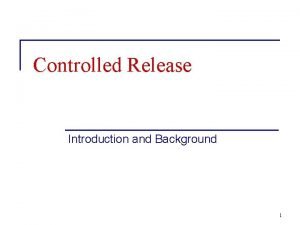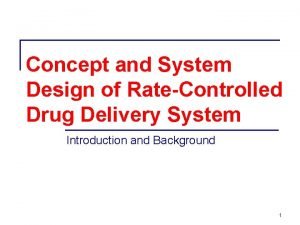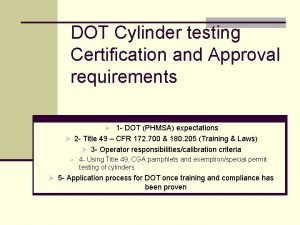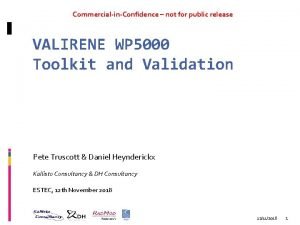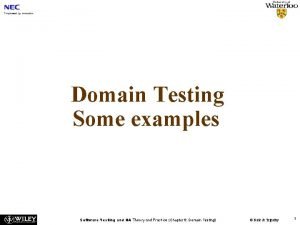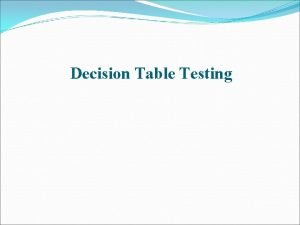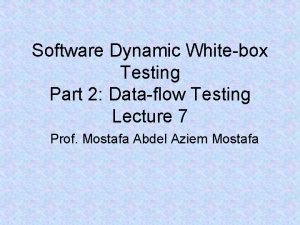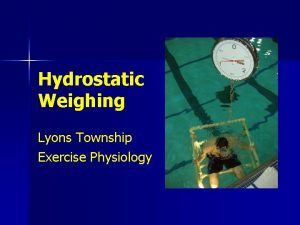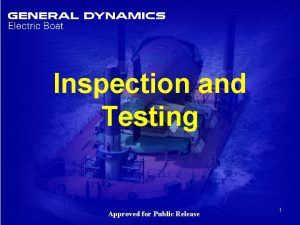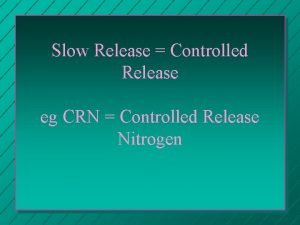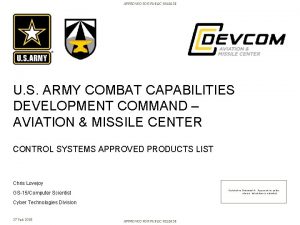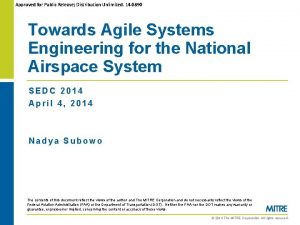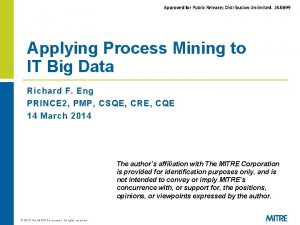HYDROSTATIC TESTING 1 Approved for Public Release Hydrostatic

HYDROSTATIC TESTING 1 Approved for Public Release

Hydrostatic Testing • Testing requirements may be specified in drawings, specifications, or standard clauses (76 series) • Generally procedures are required – must be clear, concise, and sufficiently descriptive to perform the test – may require approval of the test procedure (VPAR) Hydrostatic Testing 2 Approved for Public Release

Hydrostatic Test Setup & System • Use of Test Gauges – Must be in the calibration system and properly calibrated – Must be of a proper range for its intended use • Anticipated test pressure reading must be approximately 1/2 to 2/3 of the total gauge range. • Good practice is gauge increments must be no greater than the total tolerance allowance. Hydrostatic Testing 3 Approved for Public Release

Hydrostatic Test Setup & System Cleanliness of the Test System and Fluid – Contamination within the test setup may • influence the outcome of the test, • damage component being tested, or • damage test setup equipment • Example = dirt on a valve seat Cleanliness of the Tested Product – Requirement may invoke specific cleanliness for the test setup and fluid – Requirement may have specific flushing instructions for the product prior to and following the test Hydrostatic Testing 4 Approved for Public Release

Test Setup Must be Designed for Safety and Functionality • Relief valves must be incorporated into the test system to prevent over pressurization – Protect against personnel injury – Prevent damage to test hardware – Prevent damage to component being tested Hydrostatic Testing 5 Approved for Public Release

Test Pressure, Temperature and Dwell Time • Allow time for the system to stabilize at ambient temperature before conducting the test. • Pressure, temperature, and dwell time must have tolerance limits - if not available, request limits using a Vendor Information Request (VIR). – Tolerance per industry standard is not acceptable Hydrostatic Testing 6 Approved for Public Release

Hydrostatic Test Setup & System • Pressurize the system and isolate the test product from balance of the test setup • Observe the test product for results as required in the appropriate procedure and document the results – Obtain Electric Boat witness if required (SC 37 -8) – Inspect for leakage through the product – Document the actual time, temperature, and pressure test parameters Hydrostatic Testing 7 Approved for Public Release

Condition of the Component After Testing • Properly cleaned • Preservatives, if required • Sealed, if required • Proper orientation during handling and storage to prevent damage • (example = position of ball or gate within a valve may be important, especially for long term storage) Hydrostatic Testing 8 Approved for Public Release

Test Report Must Contain: • • Name of Testing Organization Date of the test EB Purchase Order and Item Number Applicable Component Specification, Drawing, etc. and Revision Test Procedure and Revision (VPAR# if applicable) Identification of testing equipment Serial number of gauging used Traceability of component (Serial/Heat/Lot Code Number) Hydrostatic Testing 9 Approved for Public Release

Test Report Must Contain: (continued) • Actual test parameters (pressure, temperature, dwell time, etc. ) and the acceptance criteria • Statement of results (Accept or Reject) • Document nonconformance should failure occur – Component(s) affected – Amount and rate of leakage if recordable, • Signature of test organization representative and date as required by the specification Hydrostatic Testing 10 Approved for Public Release
- Slides: 10

